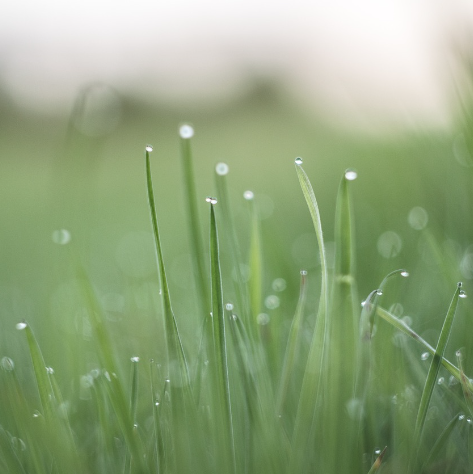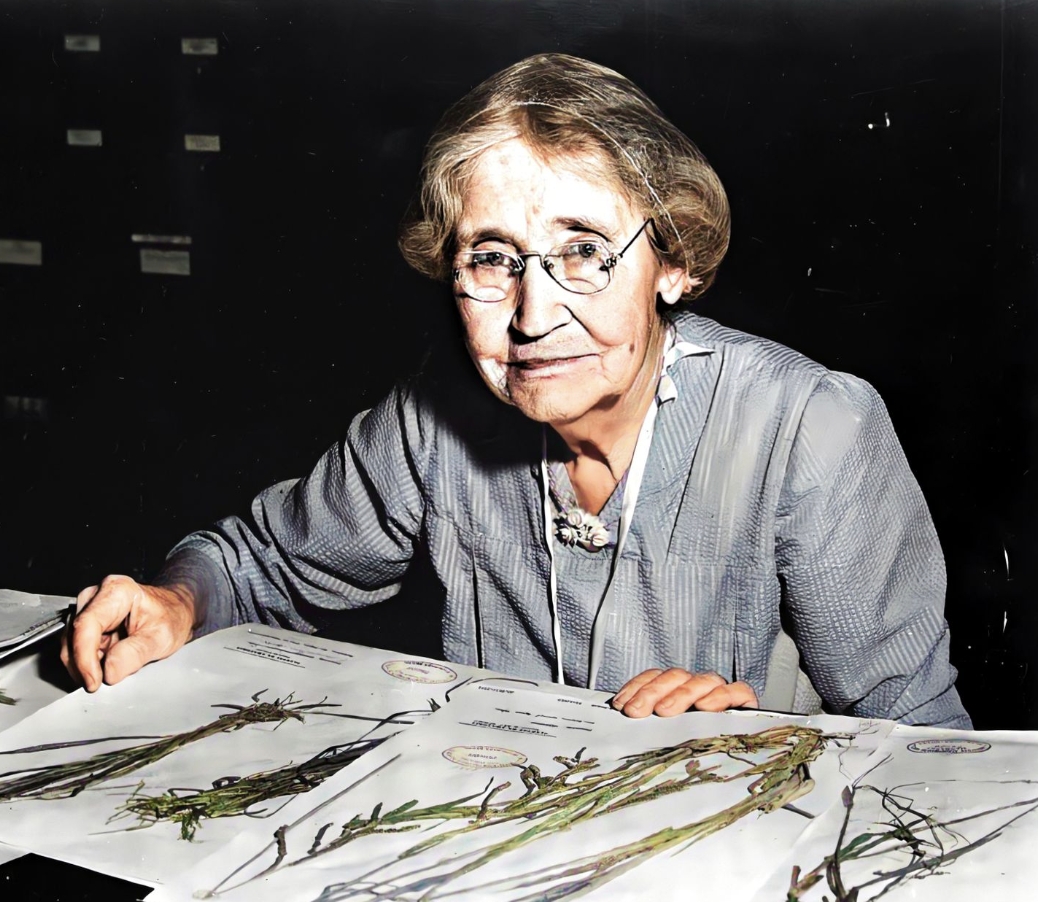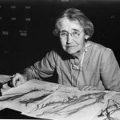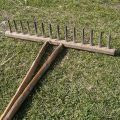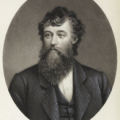The Botanist Agnes Chase: “Grass is What Holds the Earth Together.”
"Grass is what holds the earth together.
Grass made it possible for the human race to abandon his cave life and follow herds.
Civilization was based on grass, everywhere in the world."
April 29, 1869
On this day, the botanist Agnes Chase, was born.
Agnes was an agrostologist; a studier of grass.
A self-taught botanist, Agnes' first position was as an illustrator at the USDA's Bureau of Plant Industry in Washington D.C.
On March 10, 1949, a little article in The St. Louis Star and Times featured Agnes and her book about grass entitled The Meek That Inherit the Earth.
The article summarized,
Mrs. Chase began her study of grass by reading about it in the Bible.
In the very first chapter of Genesis, ...the first living thing the Creator made was grass.
...In order to understand grass one needs an outlook as broad as all creation, for grass is fundamental to life, from Abraham, the herdsman, to the Western cattleman;
from drought in Egypt to the dust bowl of Colorado;
from corn, a grass given to Hiawatha because in time of famine he prayed not for renown but for the good of his people, to the tall corn of Iowa.
Agnes said,
"Grass is what holds the earth together.
Grass made it possible for the human race to abandon his cave life and follow herds.
Civilization was based on grass, everywhere in the world."
This significance, says this rare scientist... still holds.
This post was featured onThe Daily Gardener podcast:
helping gardeners find their roots,
one story at a time
